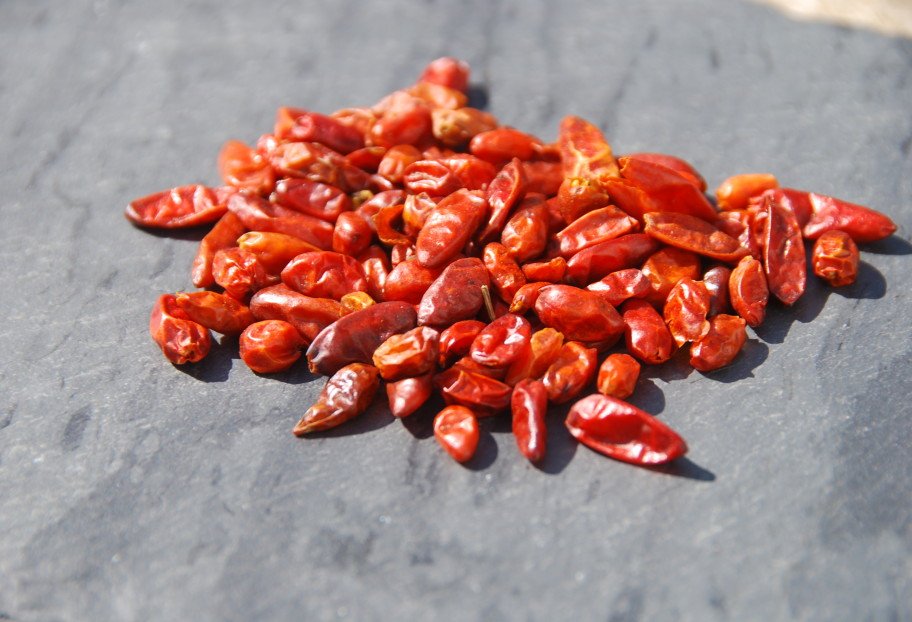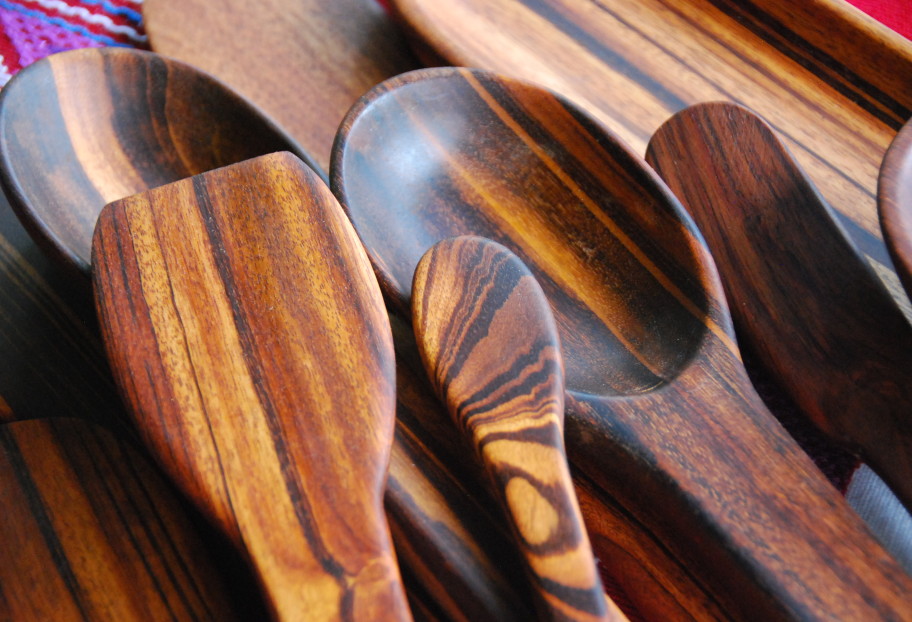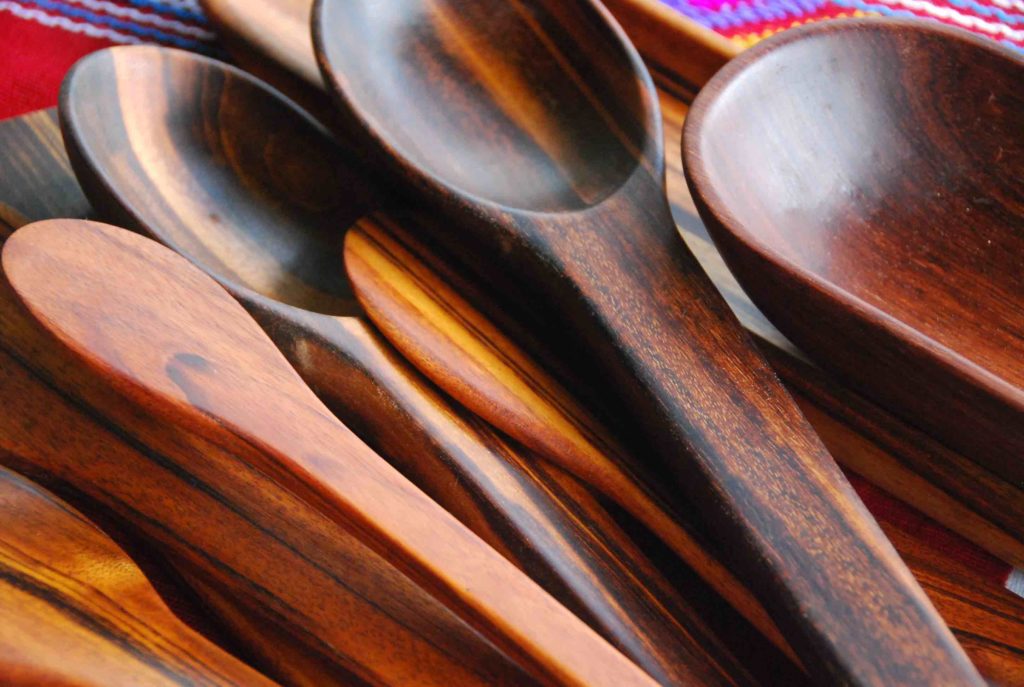Don’t let their size fool you. These chiles pack a punch of flavor and more importantly, they have been spicing up Mexico’s taste buds for a long time in many ways.
Different varieties of Piquín grow in bushes that have small and pointy leaves. The chiles are adorably cute! They are tiny and grow to be only 1 to 2 centimeters long, round and a bit elongated. When fresh, they start green and as they mature their color turns to a deep red that moves towards brown as they dry, which is how they are mostly consumed. Piquín chiles have a deep flavor with hints of citrus and smoke. They are a bit spicy but incredibly pleasant.
Chile Piquin goes by different names such as tepín, chiltepín, chilito, Chiapas (yes, like the state located in south east Mexico), diente de tlacuache (opposum’s tooth), mosquito, pajarito (little bird), enano (dwarf), pulga (flea), amash, and chilpaya amongst others…
It’s most common to find Piquín already dried and ground in stores, and that way it can be sprinkled on top of almost everything! In fact, I bet you that any Mexican you may know has eaten Piquín sprinkled on something, if not regularly on many things, from pozoles to soups to salads to sweets to covering the rims of tasty drinks. It is also ever present in street food stands that sell fresh fruits, veggies and crazy corn, where these ingredients are drizzled with lime juice, sprinkled with salt and the ground chile.



 These pictured gorgeous spoons come from the middle of the jungle in the Montes Azules Biosphere Reserve in the Southeastern state of
These pictured gorgeous spoons come from the middle of the jungle in the Montes Azules Biosphere Reserve in the Southeastern state of